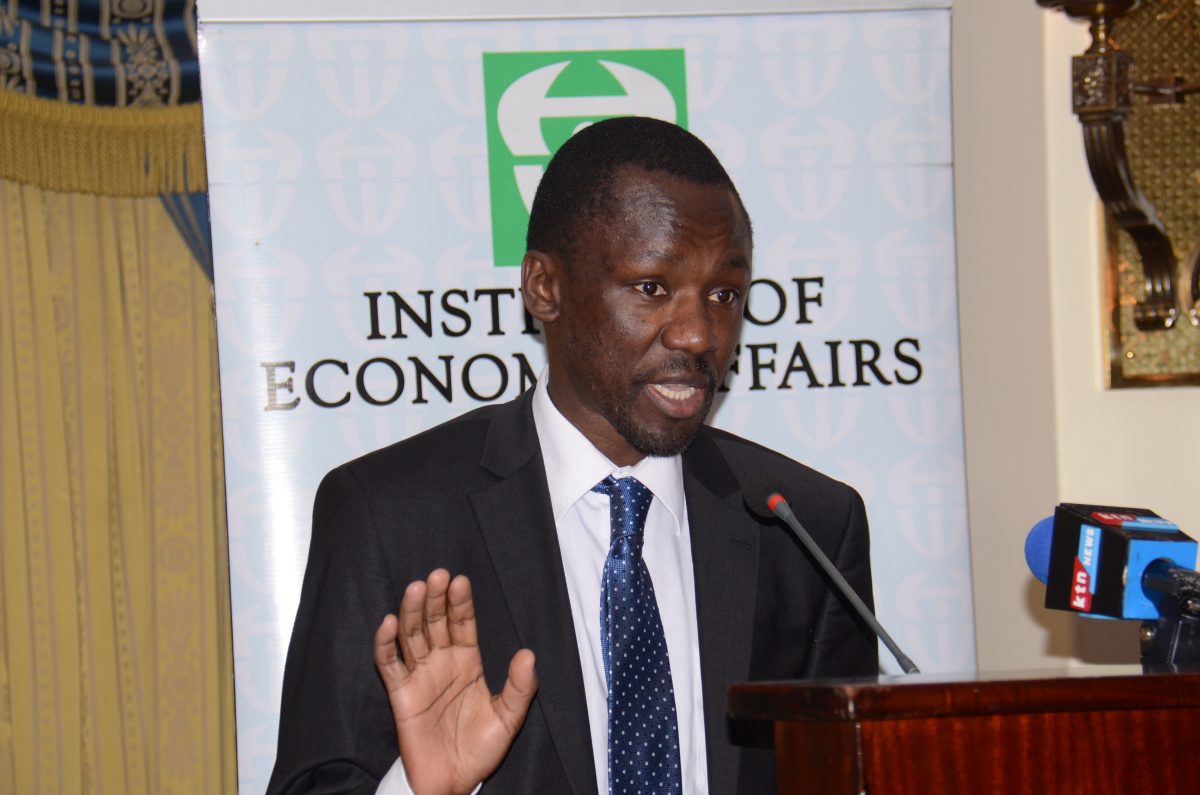On 23 March each year, we celebrate the World Meteorological Day.
On this day, the entire world commemorates the coming into force of the Convention establishing the World Meteorological Organization on 23 March 1950 which is a great achievement of Nations pledging to address climatic issues. Such efforts are necessary as they guarantee Nations a safe environment to live in.
This is the day when we remember the role of the National Meteorological and Hydrological services in mitigating and adapting to a rapidly changing climate. Apparently, when it comes to weather and climate, most people only think of what is happening in the atmosphere.
The Director of Meteorological services (DMS) Ms.Stella Aura cautioned during the celebration last week that if we ignore the ocean, we miss a bigger piece of picture covering 70% of the earth surface. The ocean she states is a habitat for the majority of life on earth and it is a major driver of the world’s weather and climate. The epicenter of global warming is still the ocean ecosystems. Forests, farms, freshwater and the economy are subject to climate change, she noted.
The emphasis for this year’s anniversary the World Meteorological Organization (WMO) focuses on the ocean, and climate while celebrating the start of the Decade for Sustainable Science in the United Nations.
The annual celebrations are important as they go a long way to sensitizing them on the importance of protecting their environment for generations to come as the County and National Government put in place measures of conserving the environment.
It reinforces the essential contribution made by National Meteorological and Water Services to the stability and well-being of society. The topics selected for the World Weather Day reflect current weather, climate or water issues. The day is registered as an official activity of the United Nations Decade of Ocean Science for Sustainable Development.
The theme chosen for the “The Ocean, our climate and our weather” celebration of this year reminds us that the greenhouse effect has increased the water level because of the climate change. While it is difficult to quantify this increase, forecasts of the impact of the sea level rise are particularly important for future planning.
The ocean element of the World Meteorological Day this year is also to raise awareness about the UN Decade of Sustainable Development Ocean Science, which was officially launched in 2021.
According to WMO’s communication, the theme has been chosen to reflect the organization’s focus on “connecting the ocean, climate and weather within the Earth System.” The theme has also been chosen as this year marks the starting year of the United Nations Decade of Ocean Science for Sustainable Development, which focuses on gathering support for ocean science and understanding the role that ocean science plays in sustainable development.
“WMO, as the United Nations specialized agency for climate, weather and water, strives to support understanding the inextricable link between ocean, climate and weather. This helps us understand the world in which we live, including the impacts of climate change, and to help members to strengthen their ability to keep lives and property safe thereby reducing the risk of disastrous activities, thus maintaining viable economies according to the WMO official website.
Kenya is home to some of the most fascinating coral reefs of the world treasured for their beauty and biodiversity. They are a major tourist attraction earning the country foreign exchange. Coral reefs act as barriers and can reduce wave energy by up to 97%, providing crucial protection from threats such as tsunamis.
They also help protect areas such as mangrove forests and seagrass beds that act as nurseries for marine animals, as well as human coastal populations. Sea surface temperatures due to climate change and pollution are threatening coral reefs by causing coral bleaching and death.
Kenya Meteorological Department (KMD) provides vital information for maritime activities such as shipping and fishing. This includes regular forecasts on wind speed and direction, storms, wave height, tide activity, visibility and occasional lifesaving advisories.
These data together become key inputs for climate and weather models. With better ocean and atmosphere monitoring and enhanced scientific knowledge, scientists can undertake research and innovation to reduce climate change and provide users with weather advice.
The planning for development of the coastal zone of Kenya must include the possible effects of sea level rise. The effects that have the greatest implications on the development of the country are; coastal erosion, drowning of mangroves, saline intrusion, flooding and drainage problems.
Meteorological forecasters combine ocean observation with knowledge about the way ocean and atmosphere interactions shape long-term weather and climate patterns with daily temperature, wind, precipitation and other variables in atmosphere observations.
The ocean absorbs much of the solar energy reaching the troposphere with the ocean covering around 70 percent of Earth’s surface. The ocean also absorbs carbon dioxide associated with human and humanly trapped heat. More than 90% of the extra heat produced by the emissions of anthropogenic carbon is stored on the sea, with atmospheric heating only around 2.3%. The atmosphere therefore warms less quickly than it would otherwise.
As a recent WMO article warns, however: “While ocean heating only delays the full impact of climate change, this shouldn’t lead us into inaction.”
Even with their vast capacity to absorb heat and carbon dioxide, oceans were 0.17 degrees Celsius (0.3 degrees Fahrenheit) warmer in 2017 than in 2000, and the warming trend appears to be accelerating. More than 90 percent of Earth’s warming since 1950 occurred in oceans.
The ocean is already facing ramifications such as thermal growth, sea ice melt and coral bleaching as temperatures and greenhouse gas emissions continue to increase. Thus, to understand climate change, ocean study is crucial.
With improved ocean- and atmospheric monitoring and increased scientific understanding, scientists can undertake the necessary research and innovations to mitigate against climate change.
For maritime activities, such as shipping and fishing, KMD provides vital information. This includes regular wind and direction forecasts, storms, wave height, tide activity, visibility, and users’ opportunities for life saving.
Meteorological research and forecasting depends both on maintaining safe sea conditions and ensuring a sustainable future. With the ever more critical effects of climate change, ocean observations, research and services are essential to the availability and distribution of such data to those who need them.
Directives provided to the public by the KMD are therefore essential and should be followed so as to avert any calamities caused by natural occurrences.According to the Weekly communication from this department, the month of April 2021 will experience the heaviest downpour and people living downstream should relocate to upper grounds.
According to the latest Weather forecast for the period valid from 30th March to 5th April dated 29th March 2021, most places of the County will experience thunder clouds in the mornings and there is a possibilities of light to moderate rains over a few places while the nights shall experience moderate rain showers over a few places like Limuru, Kimende in Kiambu County.
By Lydia Shiloya and Velma Mukhwana




